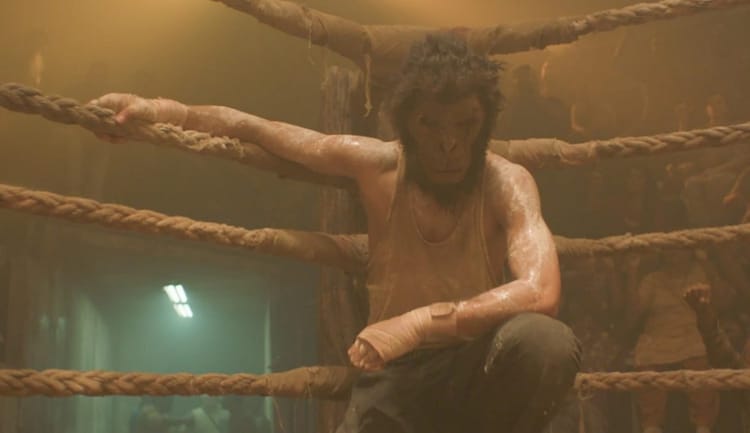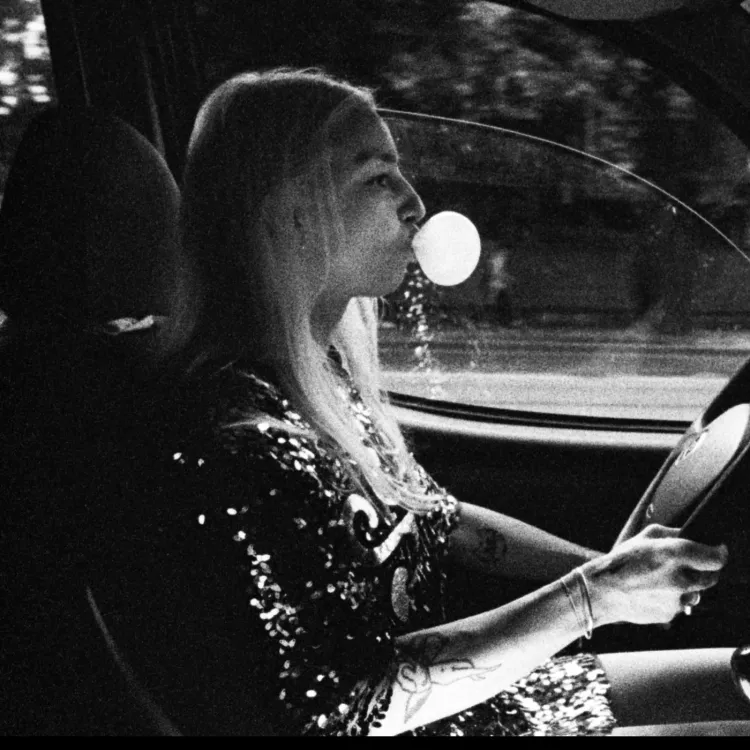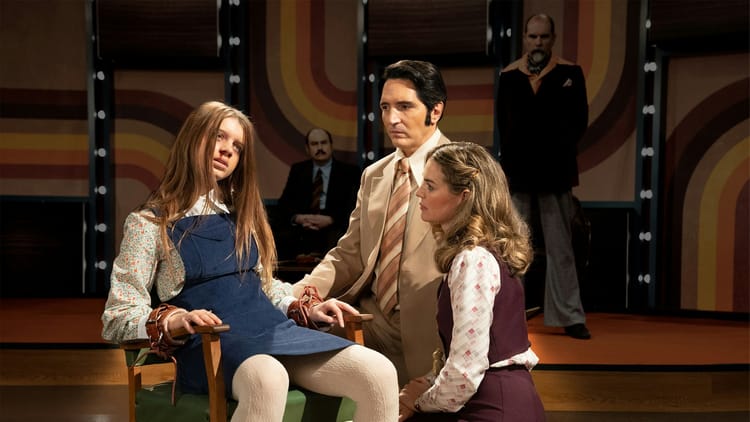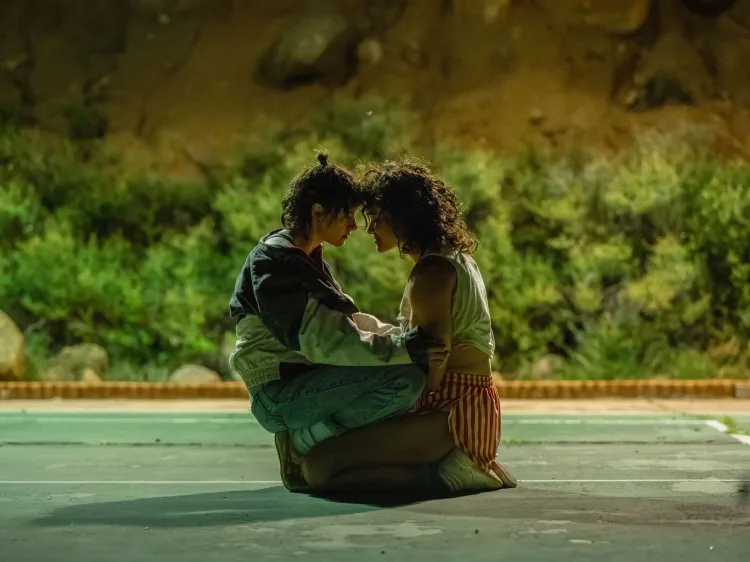Teenage Mutant Ninja Turtles: Mutant Mayhem
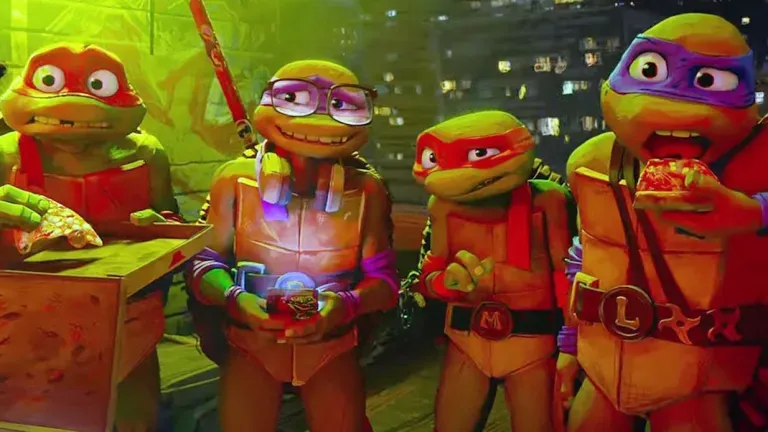
It's hard to understand why the Teenage Mutant Ninja Turtles have become such a cultural mainstay of modern pop culture. For those counting, their latest film, "Teenage Mutant Ninja Turtles: Mutant Mayhem" is, at the very least, the 8th iteration of these characters onscreen, and that's excluding the very comic book that they originated from, from Peter Laird and Kevin Eastman. These four turtles have somehow persisted over decades as a cohesive franchise, despite being a hodgepodge of different qualities. Those varying aspects make it hard to narrow down the exact cause of their persistence. Do we as a society of a penchant for amphibians? Or are martial arts cool to watch no matter the creature? Or are our audiences drawn to the freakish nature of their existence, as some sort of reflection of nuclear anxiety?
"Teenage Mutant Ninja Turtles: Mutant Mayhem" sets its sights on the franchise's first quality: the fact that they are teenagers. And for that reason, this is, for me, the most successful iteration of these characters as I've experienced them. I'm part of a generation that was a little too young for the characters' early versions, and a little too old for their later manifestations. But "Mutant Mayhem" manages to cut through, by giving us proper teenagers, real, flawed, and funny. So much of that is due to the excellent voice acting from the four leads (Micah Abbey, Shamon Brown Jr., Nicolas Cantu, Brady Noon). The four actors, teenagers themselves, infuse such life and joy into their characters that you cannot help but feel like you are surrounded by four adolescents, very unselfconscious and very insecure at the same time.
The film's primary theme is acceptance. In part, that's because they're mutants. But it's also the most common tribulation for teenagers. Whether you're green, without ears, or in a half-shell, acceptance is still something every teenager struggles with. The film doesn't necessarily have the most complex or nuanced stance on acceptance, though it makes up for it with its comedy. The film leans into the goofiness of its characters, especially apt since all Eastman and Laird were trying to do when they made the characters was make each other laugh. At their very onset, they were jokes, designed to amuse. And though the film isn't a parody, that sense of humor has been injected into the turtles. Occasionally, the script is slightly over-reliant on reference-based comedy, especially when those bits relate to the film's plot. That can perhaps be excused by the isolation of the four boys, only able to access the outside world via the internet and pop culture. But it's undeniable that those jokes are far less funny than the rest of the film's comedy, which instead focuses on the internal instead of the external, like the relationship between the four brothers or their bizarre father, Master Splinter, voiced by Jackie Chan.
Though its themes are thin and its comedy varies in quality, the film's animation never wavers. It's the biggest draw of the film, and is a welcome addition to this new era of silver screen animation. For many years, western animation was trending towards realism. CGI films like "Frozen" or "Shrek" were making characters that moved and (mostly) looked like us. But since the release of "Into the Spider-Verse," animation studios have been pushing the boundaries on what animation can look and feel like. The days of simulating realism are gone, as studios shift to making work that is deliberately coarser around the edges to further their story's themes. "Into the Spider-Verse" incorporated elements of the comic book like caption boxes and Kirby Krackle to feel like the comic book itself had come to life; "Puss in Boots: The Last Wish" used a painterly, scratchy quality to build its fairy-tale world through both its aesthetic; the painstaking stop-motion animation of Guillermo del Toro's "Pinocchio" mirrored the care and craftsmanship of carpenter Gepetto. .
And now, "Teenage Mutant Ninja Turtles: Mutant Mayhem" joins the fold, with its misshapen squiggles and uneven sketches littered across its characters and backgrounds. It's an idiosyncratic and visually exciting feat that, at first, may seem like a replica of effects already created in "Across the Spider-Verse" and its sequel. But this imperfect animation is not merely cashing in on a trend. Instead, it recreates the origin of these now iconic characters, sketched on a late night in 1983 by two aspiring cartoonists. Kevin Eastman and Peter Laird didn't know then that they were creating a multimillion-dollar franchise. They were simply trying to make each other laugh. And that joyful exuberance has persisted for four decades, brought lovingly to life through every frame of "Mutant Mayhem."
